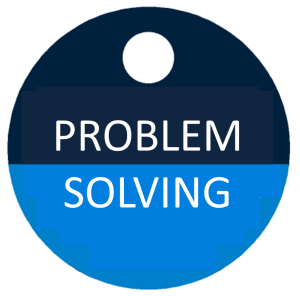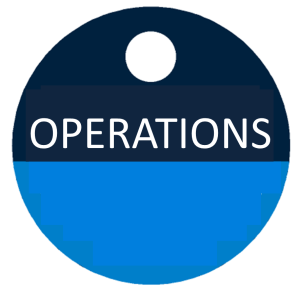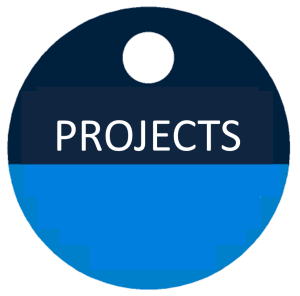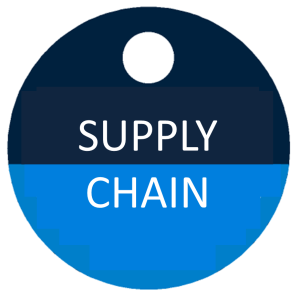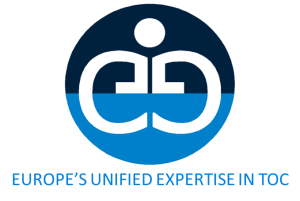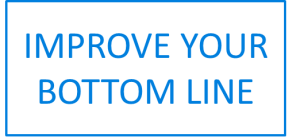Problem Solving
-
General Process for Problem Solving
Results
The result of the General Process for Problem Solving is a breakthrough solution for specific and complex problems. By implementing the solution the regarded system will experience a major jump in performance. Participants in the General Process for Problem Solving Program learn the TOC Thinking Processes, buy-in process, and have created a robust solution with detailed implementation plans to accelerate their subject’s process of on-going improvement.
They also learn how to internalize the TOC problem solving approach and tools. Participants show a further tendency to take the global view of any problem that may arise later. A larger perspective, with the help of the Evaporating Cloud technique will also help avoid and solve local (and global) conflicts. The Process of On-going Improvement is on its way.The Problem
Management is continuously pressed to deliver ever increasing and immediate bottom line results. Given slow revenue growth, heavy expenses and limited time frames, cost cutting has been the prime concern. Whether they called it, downsizing, or restructuring, reengineering, the strategies were to make companies smaller. But once waste is eliminated, what is the next step? Another cost reduction project? How far can we go in that direction? Don’t we run the risk of cutting into the potential of the company? There is a need to assess the real strengths of the company as a whole in its environment. The sum of local improvements does not necessarily provide better overall performance. Besides, in a rapidly changing environment a process of on-going improvement is a must to maintain a hardly gained competitive advantage.Three questions must be constantly addressed:
- “What to Change?”
- “What to Change To?”
- “How to Cause the Change?”
The Direction of the Solution
The General Process for Problem Solving Program is the place to learn how to verbalize detailed answers to each of the above questions with the help of specific tools, “The Thinking Processes”, and gain proficiency in thinking and communicating in two logical constructs: sufficiency and necessity.
The participants are invited to define a subject matter in the area of their responsibility. Then as a doctor would, the facilitator asks for a list of symptoms, called the Undesirable Effects (UDE’s), which show the existence of a problem to be solved. As in human heath, there is no point in taking care of each symptom individually. The disease must be identified and fought.1. What to Change?
An UDE not satisfactorily addressed in the past is a clear indication that there is no straightforward solution, or that any visible solution conflicts with some necessary condition for the system to exist. The Evaporating Cloud Thinking Process is the tool to identify and construct conflicts for several of the problems. Then by consolidating several of these conflicts, a deeper conflict that is at the core of the other conflicts can emerge.
The “Thinking Process” Communication Current Reality Tree (CCRT) is used to verify that this Core Conflict, in the environment under consideration, its policies and measurements, leads to most of the verbalized problems.2. What to Change to?
The direction of the solution is given by analyzing the assumptions under which the system operates and perpetuates. Some assumptions will have to be challenged; some will have to be actively changed by specific actions, called “injections” so that the Core Conflicts “evaporates”. The full solution is developed with the help of the “Future Reality Tree”, verbalizing the actions (injections) needed to turn Undesirable Effects into “Desired Effects”. The Negative Branch Reservation is the tool to help deal with any new negative, undesired effect that would jeopardize the solution.3. How to Cause the Change?
No matter how beautiful and logical the solution, even trimmed of its negative branches, the implementation will encounter obstacles, as any change would. These obstacles have to be addressed and overcome. Using the identified obstacles as leverage points to determine intermediate objective, the Prerequisite Tree helps develop a roadmap towards the new mode of operation, an implementation plan. Some implementation plans require a complete detailed description of the reason why each action should be undertaken, with what expected result, along with the description of the action itself, by whom, when and what time frame. This is accomplished with the Transition Tree. When this process is fully implemented, the data needed for buy-in of others have been gathered. It is important that they’d be presented in the right sequence in order to overcome the six levels of resistance to change.The following is the 6 Phase Buy-In Buy Process:
- Phase 1: Agreeing on the problem.
- Phase 2: Agreeing on the direction of the solution.
- Phase 3: Agreeing that the solution solves the problem.
- Phase 4: Agreeing that the solution will not lead to any significant negative effects.
- Phase 5: Agreeing on the way to overcome any obstacle that might block the implementation of the solution.
- Phase 6: Agreeing to implement. Confidence in the process and in the team motivation.
Based on TOC we offer solutions for ultimate success.
